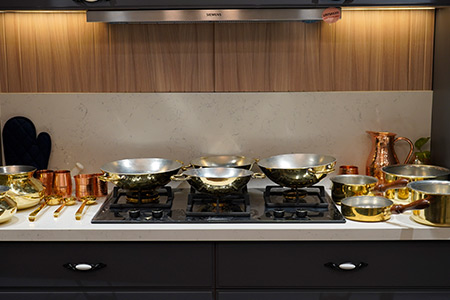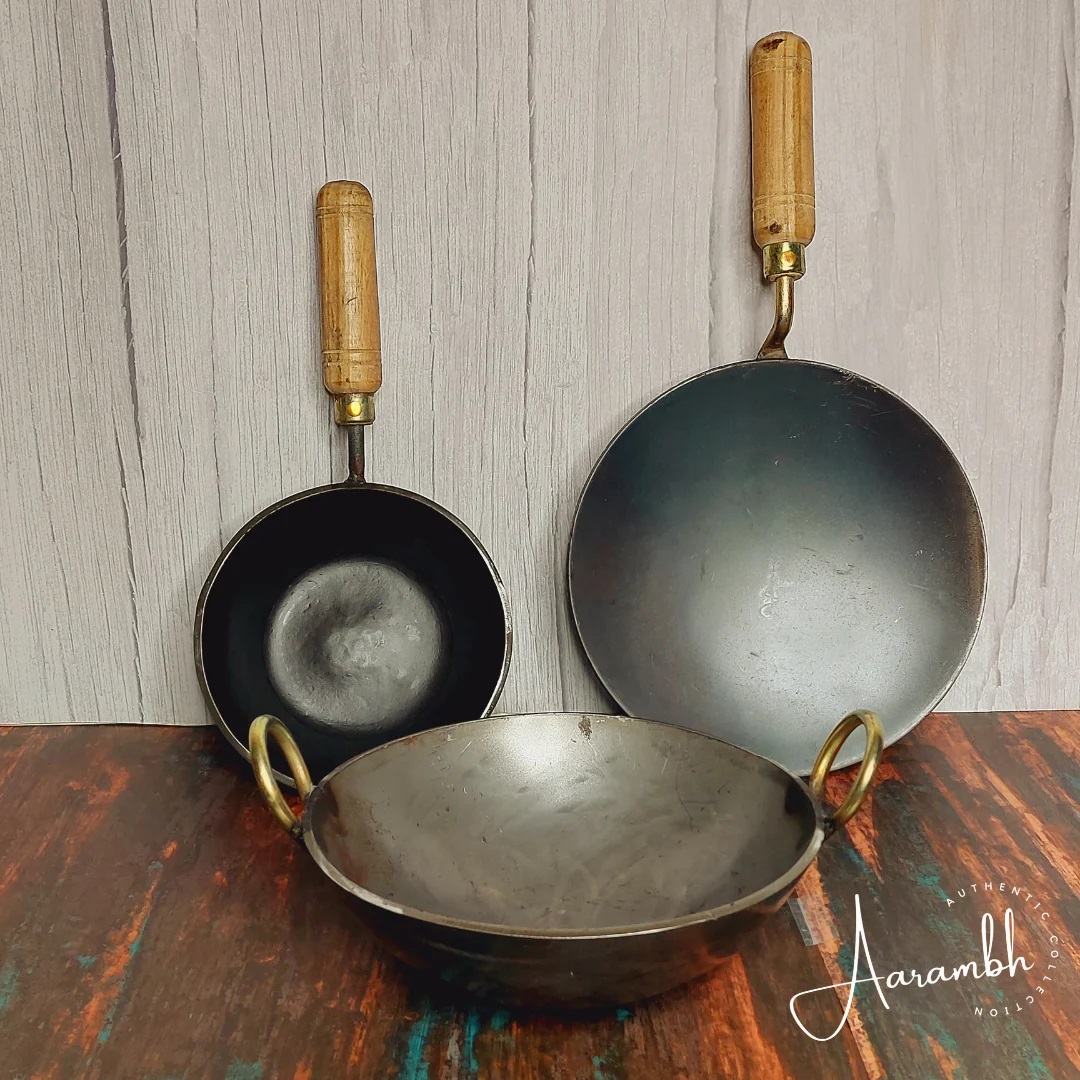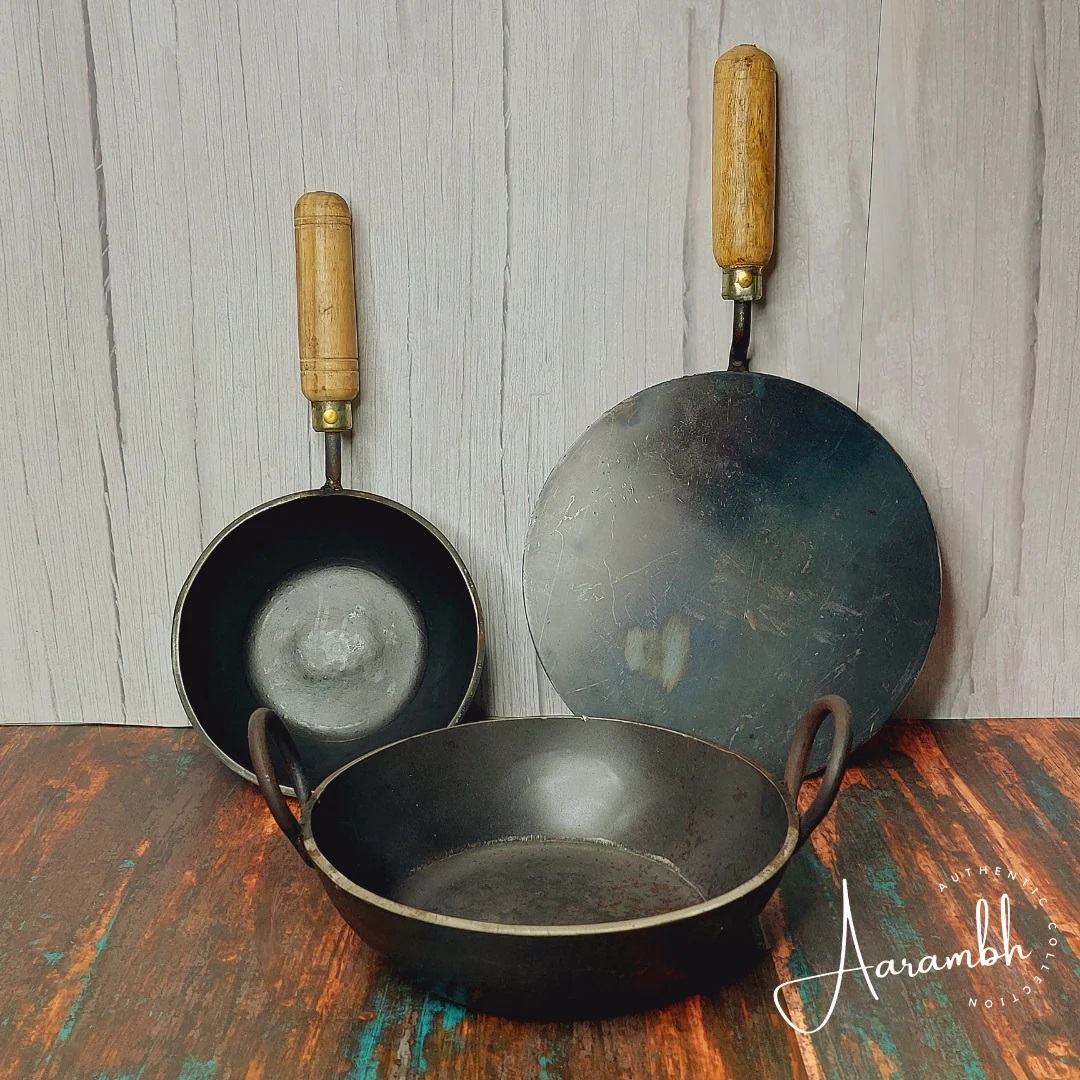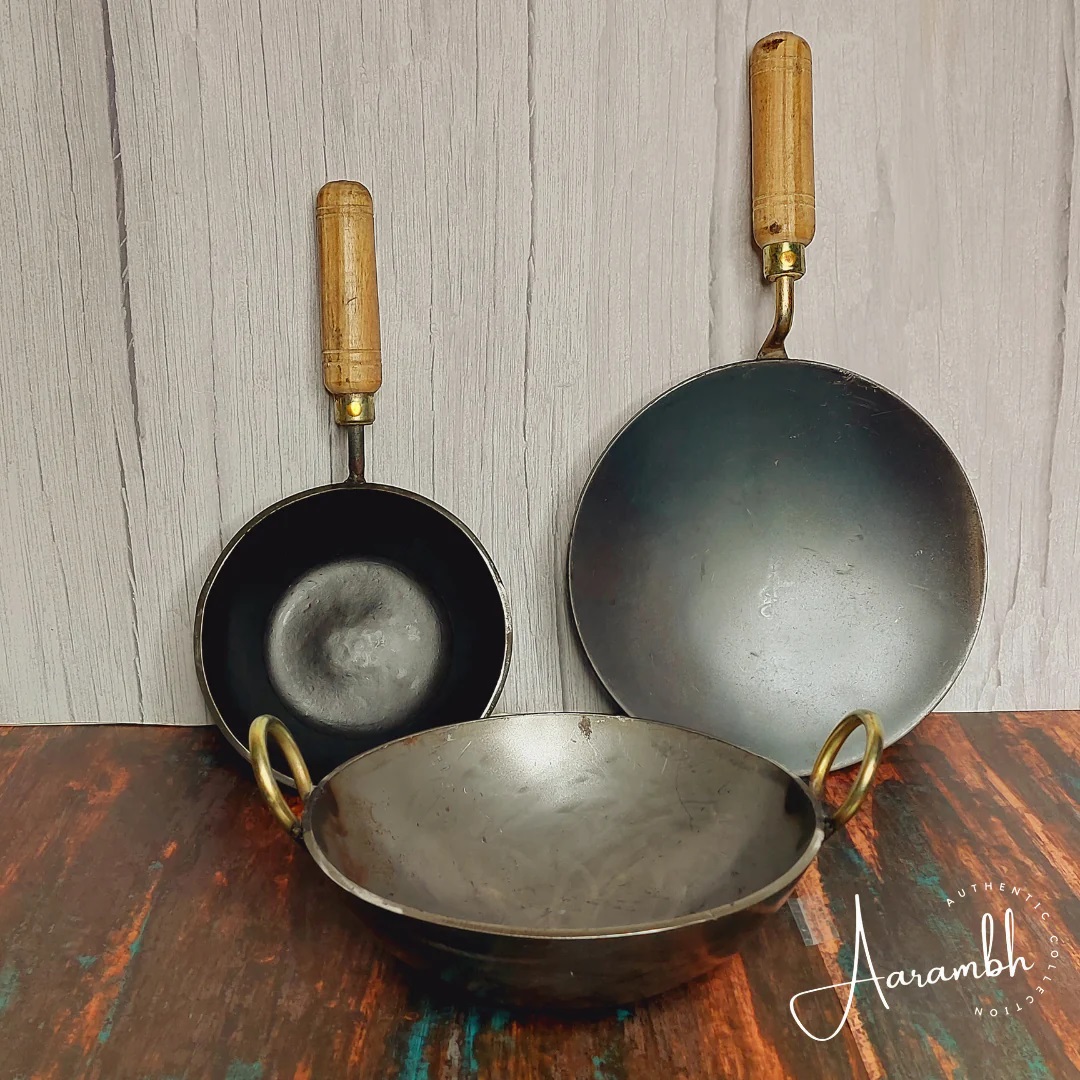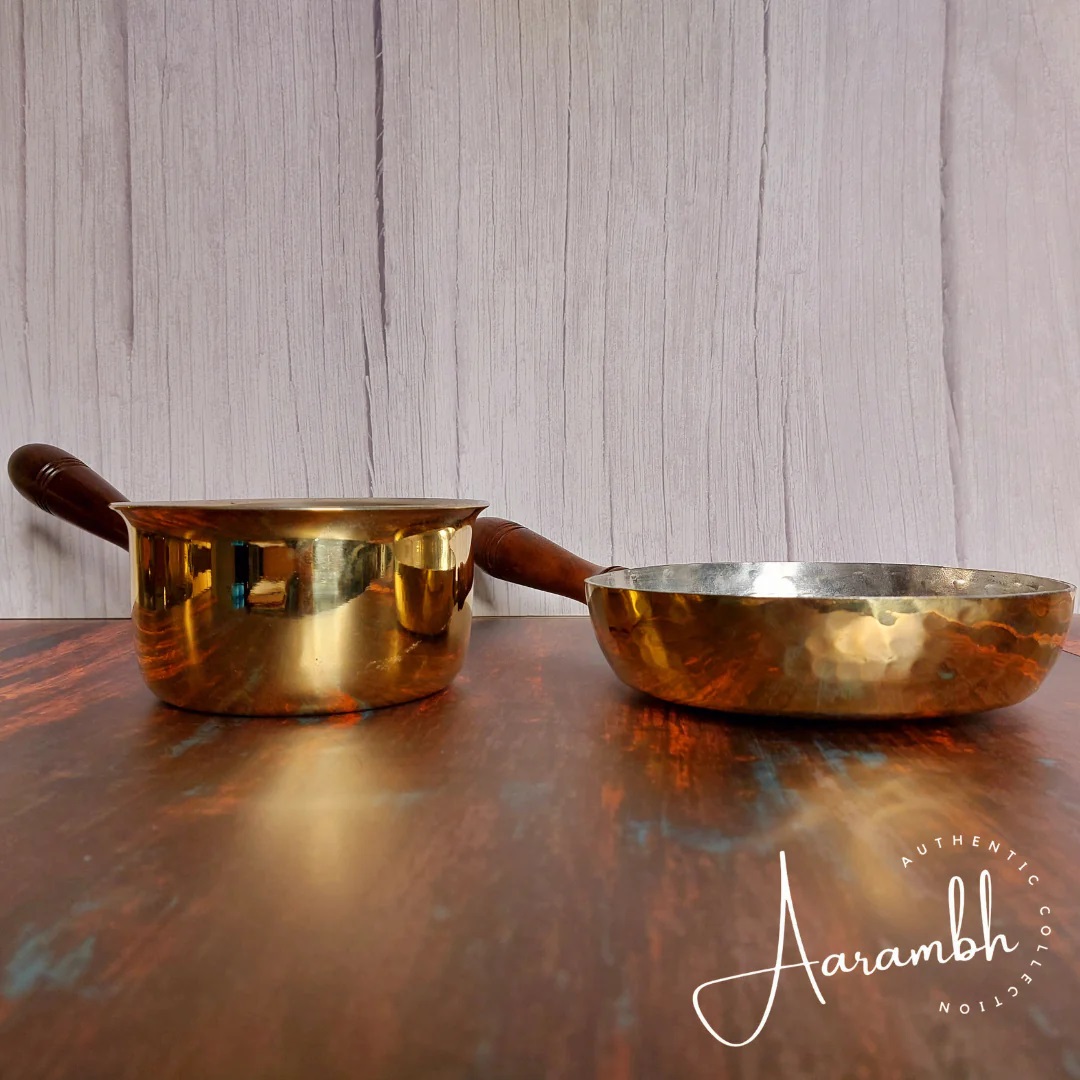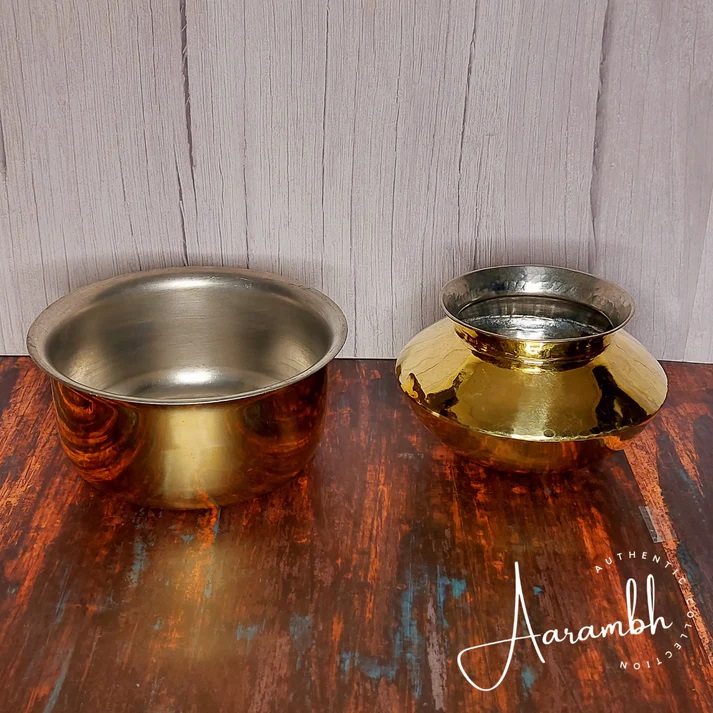Cast iron was already used as early as during ancient times, and has been one of the favoured kitchen utensils among home cooks as well as professional chefs today. Modern gizmos and non-stick pans may find a place, but in matters of durability, versatility, and quality of cooking, cast iron utensils leave much for others to dream of. Whether it's a skillet, a griddle, or a Dutch oven, cast iron cookware can bring something special to your kitchen. If you're thinking of adding some cast iron pieces to your collection, here's what you need to know about why these utensils are worth the investment, how to use them, and how to keep them in great condition.
What are Cast Iron Cooking Utensils?
These can be melted and moulded from this iron-carbon content to manufacture such items as skillets, griddles, Dutch ovens, and even more complicated items like cast-iron pots and pans.
It retains heat well but cooks unevenly because it heats slowly. Chances of burning are fewer or undercooking as it cooks evenly.
It gets a natural non-stick surface, which has more health benefits than regular non-stick coatings that may leak harmful chemicals at high temperatures when in use.
Durability and Longevity: Cast iron is really tough. A well-taken care of a cast iron pan can last for generations. Some families even pass down their cast iron cookware as heirlooms.
Versatility: it can be used on stovetop, oven, grill or even over an open flame. It's hard to find versatility beyond that; you can use cast-iron utensils for frying, baking, roasting, etc.
Health Benefits: Cooking in cast iron can add a small amount of iron to your food, which is a plus if you have an iron deficiency. Unlike some materials, cast iron doesn't leach harmful chemicals into food.
Saves Money in the Long Run: While cast iron cookware does have a relatively high cost when first purchased, it endures for many more years than other cookware types. This means you do not need to replace it frequently, saving you money in the long run.
Types of Cast Iron Utensils You Can Add to Your Kitchen
There are a wide variety of cast iron utensils that you can add to your kitchen, each suited for different kinds of cooking:
Cast Iron Skillet: The most popular piece, a skillet is perfect for frying, sautéing, and searing. It's a versatile choice that's great for both stovetop cooking and baking.
Dutch Oven: This is a deep pot with a lid, perfect for slow-cooking, soups, and stews. Dutch ovens are ideal for dishes that need to cook for a long time, like braises, curries, and casseroles.
How to Use and Care for Cast Iron Cookware
Cast iron is not difficult to use but does require some care. Here is a simple guide on how to maintain your cast iron cookware in good condition.
Season Your Cast Iron: Seasoning is a process that builds a natural non-stick layer on the surface of cast iron. It requires that you lightly coat the pan with oil and bake it in the oven at about 375°F (190°C) for about an hour. Repeat this process every now and then to keep your pan non-stick.
Avoid Soaking in Water: Cast iron rusts if it gets water for too long. Wipe it dry thoroughly after washing and even slightly heat it to evaporate moisture that might be left. You must not put it inside the dishwasher.
Use Little Oil Before Cooking: If you add a little amount of oil before cooking food, it will not stick. This adds up on the seasoning layer over time, and the non-stick quality improves.
Clean Gently: After cooking, wash with warm water and brush the iron. If you have a preference, do not use soap as it may remove your seasoning. To clean hard-to-remove food particles in the pan, just add a sprinkle of salt to the pan, then gently brush away food particles with a brush or cloth.
Store Properly: Once you have washed and dried the pan, lightly coat it with oil, which prevents rust and retains seasoning. If you are layering pans, put a paper towel between them for a scratch-free experience.
Debunking Common Cast Iron Myths
Cast iron has some myths attached to it that might stop people from using it. Let's debunk some of those myths:
Myth: Cast Iron is Finicky to Use and Clean.
Cast iron is extremely easy to use and care for, at least once you know the simple steps to follow. A seasoned pan dried properly will have no trouble lasting a lifetime of service.
Myth: Cast Iron Only Cooks Well on Gas Stoves.
Cast iron works on all heat sources-from gas to electric, induction, and even open flame. It's the most versatile cookware that anyone can use.
Myth: You Can't Cook Acidic Foods in Cast Iron.
Although acidic foods, like tomatoes, will strip seasoning off a new pan, a well-seasoned cast iron pan does not have any problem with an occasional acid cooking. Just reseason if it needs it.
Myth: Cast Iron Adds Too Much Iron to Food.
Conclusion: Is Cast Iron Good for You?
Cast iron cookware is one of the best ways to enhance your cooking experience. It offers even heat distribution, excellent durability, and non-toxic non-stick surfaces free of chemicals. These features make them healthy for most cooking methods. Though cast iron might be heavier than other types of cookware, sometimes requiring more care, the advantages are far greater than the few drawbacks.




